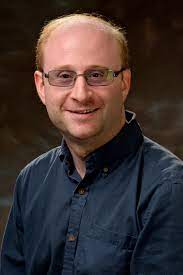
Preface:
This course looked at rules for the various kinds of numbers students encounter over the course of their education – the natural numbers and integers, the rational numbers and real numbers, and then the imaginary and complex numbers. There are so many kinds of numbers because they represent different kinds of quantitative data we encounter in the real world. Algebraic rules let us manipulate numbers formally, but when we lose sight of which rules make sense in a particular setting, we can end up talking about fractional people, nega-tive lengths, and other kinds of nonsense. The class will ex-plore where these rules come from by experimenting with what happens when we change them. By breaking some of the usual rules of algebra, we discovered new kinds of numbers suitable for other tasks, like adding hours, rotating a ball, or describing how long a computer program will take to finish. This let us answer some of the vexing questions about the usual number systems: if infinity isn’t a number, what is it? What happens if 0.999…. doesn’t equal 1? Can we invent a new number for when we divide by 0?
| Unit Title | Author | |
|---|---|---|
2022 | ||
| Samuel Paul Hickok | ||
| Keywords: Cantor, Cantor sets, cardinality, functions, infinite sets, infinity, irrational, natural numbers, rational | ||
|
|
||
| Catherine Michini | ||
| Keywords: Division, division by grouping, division by repeated subtraction, infinity, math history, number representation, operations with zero, undefined | ||
|
|
||
| Kara Yanochko | ||
| Keywords: centers, choice, choice boards, enrichment, extension, flexibility, mathematics, menus, reasoning, rotations, student choice | ||
|
|
||
| Tessa Murphy Nitkin | ||
| Keywords: addition, clock arithmetic, elementary, fact fluency, intervention, mathematics, modular arithmetic | ||
|
|
||
| Audrey Golub | ||
| Keywords: Battleships, Critical thinking, Cryptograms, Four Color Theorem, games, justify, puzzles, reasoning, Standards of Mathematical Practice | ||
|
|
||